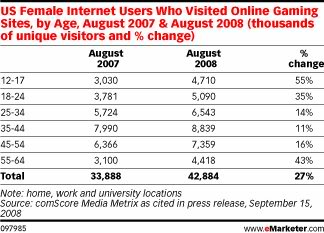Fantasy Sports Deliver Desirable Consumers
Monday, November 17th, 2008 Fantasy players tend to spend more money, particularly on the products commonly marketed to sports fans, according to a recent study by Ipsos Public Affairs.
Fantasy players tend to spend more money, particularly on the products commonly marketed to sports fans, according to a recent study by Ipsos Public Affairs.
The study, commissioned by the Fantasy Sports Association, determined that 73 percent of fantasy sports participants had bought beer within a month of the survey. Compare that number to 47 percent of the general population and even just 52 percent of all sports fans, and you get a good example of the buying power that the average fantasy consumer brings.
“We need to tell Madison Avenue that we’re not just this small, nichey geek audience,” Greg Ambrosius, FSA president and editor of Fantasy Sports Magazine, told Sports Business Journal. “This gives us the next step into really seeing who the fantasy consumer is. In the ’90s, we were often positioned simply as fantasy geeks. But looking at this, we’re really big-time consumers.”
This study supports previous findings in similar studies, including those conducted by Ipsos for the Fantasy Sports Trade Association. Especially at a time when consumers are increasingly nervous about their spending habits and companies are more cautious with their ad dollars, it helps to realize the kind of bang that can reside in a fantasy buck.


